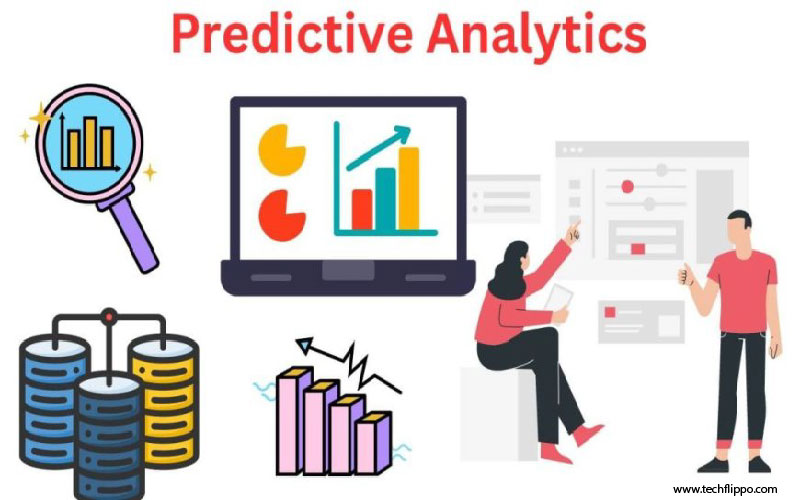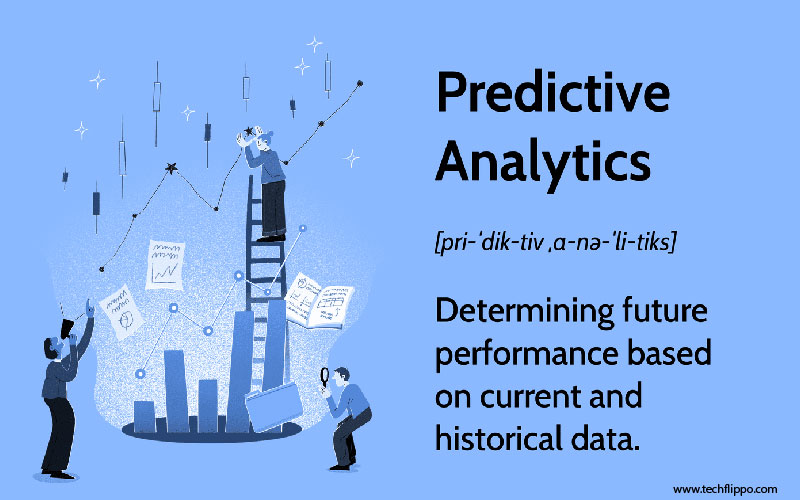Ensuring Validity in Predictive Analytics
Welcome to the world of predictive analytics, where data-driven insights pave the way for informed decision-making and strategic planning. In this fast-paced digital era, organizations are increasingly turning to predictive models to anticipate trends, identify patterns, and forecast outcomes with precision. However, amidst the excitement of harnessing the power of data lays a crucial element that can make or break these models: validity. Join us as we delve into the realm of model evaluation and validation in predictive analytics, exploring how businesses can ensure their models are not just accurate but also reliable in driving success.

The Importance of Validity in Models
Predictive analytics has revolutionized the way businesses make decisions by leveraging data to forecast future trends. However, the accuracy and reliability of these predictions heavily rely on the validity of the models used in the process.
Validity in models ensures that the conclusions drawn from data analysis are sound and trustworthy. It is crucial to validate models to avoid making costly mistakes based on flawed assumptions or incomplete information.
Validating models involves testing their performance against real-world data to confirm their predictive power. By establishing validity, organizations can have confidence in using these models to guide strategic decisions with a higher level of certainty.
Inaccurate or invalid models can lead to misleading insights, which may result in poor decision-making and missed opportunities for growth and optimization. Therefore, prioritizing model validity is essential for maximizing the benefits of predictive analytics in driving business success.
Common Pitfalls in Model Evaluation
When it comes to model evaluation in predictive analytics, there are common pitfalls that can hinder the validity of our results. One prevalent mistake is relying too heavily on accuracy metrics without considering other important factors. Accuracy alone does not guarantee a reliable model.
Another pitfall is over fitting, where the model performs exceptionally well on training data but fails to generalize to new data. This can lead to misleading predictions and unreliable outcomes. It’s crucial to strike a balance between complexity and simplicity in our models.
Furthermore, ignoring biases in datasets can skew results and produce inaccurate predictions. Understanding the data we use for modeling is essential for ensuring the validity of our analyses. Regularly monitoring and updating models is key to staying ahead of potential issues that may arise during evaluation processes.
Strategies for Ensuring Validity in Predictive Analytics
Ensuring the validity of predictive analytics models requires a strategic approach that involves thorough evaluation and testing. One key strategy is to continuously validate the model using real-time data to ensure its accuracy and effectiveness in predicting outcomes.
Another important tactic is to employ cross-validation techniques, such as k-fold cross-validation, to assess the model’s performance on different subsets of data. This helps in detecting any potential bias or over fitting issues that may affect the model’s validity.
Furthermore, conducting sensitivity analysis can help identify influential variables and their impact on the model’s predictions. By understanding how changes in input variables affect the output, researchers can refine their models for better accuracy.
Regularly updating and retraining models with new data is also crucial for maintaining validity over time. This adaptive approach ensures that the model remains relevant and effective in dynamic environments.
Incorporating diverse perspectives from domain experts during the evaluation process can provide valuable insights into potential biases or limitations of the model. Collaborative efforts enhance the robustness and reliability of predictive analytics models for more accurate predictions.

Case Studies: Examples of Successful Model Evaluations
In the realm of predictive analytics, successful model evaluations can be transformative. Let’s delve into a couple of intriguing case studies that showcase the power of rigorous evaluation processes.
One notable example comes from a retail company that enhanced its sales forecasting model. By meticulously validating the model against historical data and adjusting for seasonal trends, they significantly improved accuracy. This led to optimized inventory management and increased profitability.
Another compelling case study involves a healthcare provider using predictive analytics to predict patient readmission rates. Through thorough validation procedures and continuous monitoring, they identified key variables impacting readmissions, enabling targeted interventions and ultimately improving patient outcomes.
These real-world examples highlight how meticulous model evaluation can drive tangible benefits across various industries.
Ethics and Transparency in Model Evaluation
Ensuring ethics and transparency in model evaluation is crucial in the realm of predictive analytics. Transparency involves being open about the data used, algorithms implemented, and decisions made throughout the modeling process. This transparency builds trust with stakeholders and helps to validate the results obtained.
Ethical considerations come into play when evaluating models as they can impact individuals or communities. It’s essential to consider potential biases present in the data or algorithms used, ensuring fairness and non-discrimination in predictions.
Being transparent about limitations and uncertainties within a model is key to providing context for its outcomes. This honesty allows for informed decision-making based on an accurate understanding of what the model can reliably predict.
By upholding ethical standards and maintaining transparency in model evaluation, we contribute to building a more responsible and reliable predictive analytics landscape that benefits society as a whole.
Conclusion: The Future of Predictive Analytics and Model Evaluation
As predictive analytics continues to evolve and play a critical role in decision-making across various industries, the importance of model evaluation and validation cannot be overstated. The future of predictive analytics lies in continuously improving the validity of models to ensure accurate predictions and informed decisions.
By implementing robust strategies for evaluating models, addressing common pitfalls, and upholding ethics and transparency in the process, organizations can enhance the reliability and effectiveness of their predictive analytics initiatives. Leveraging case studies that demonstrate successful model evaluations can provide valuable insights into best practices and inspire further advancements in this field.
As technology advances and data-driven approaches become increasingly integral to business operations, the need for rigorous model evaluation will only grow. By staying proactive, adaptive, and committed to refining their analytical processes, organizations can unlock new opportunities for innovation and growth through predictive analytics.
The journey towards enhancing model evaluation is ongoing – it requires dedication, collaboration between data scientists and domain experts, as well as a willingness to embrace feedback and improvements. With a forward-thinking mindset and a focus on ensuring validity in predictive analytics models, organizations can navigate the complexities of today’s data landscape with confidence while shaping a more insightful tomorrow.